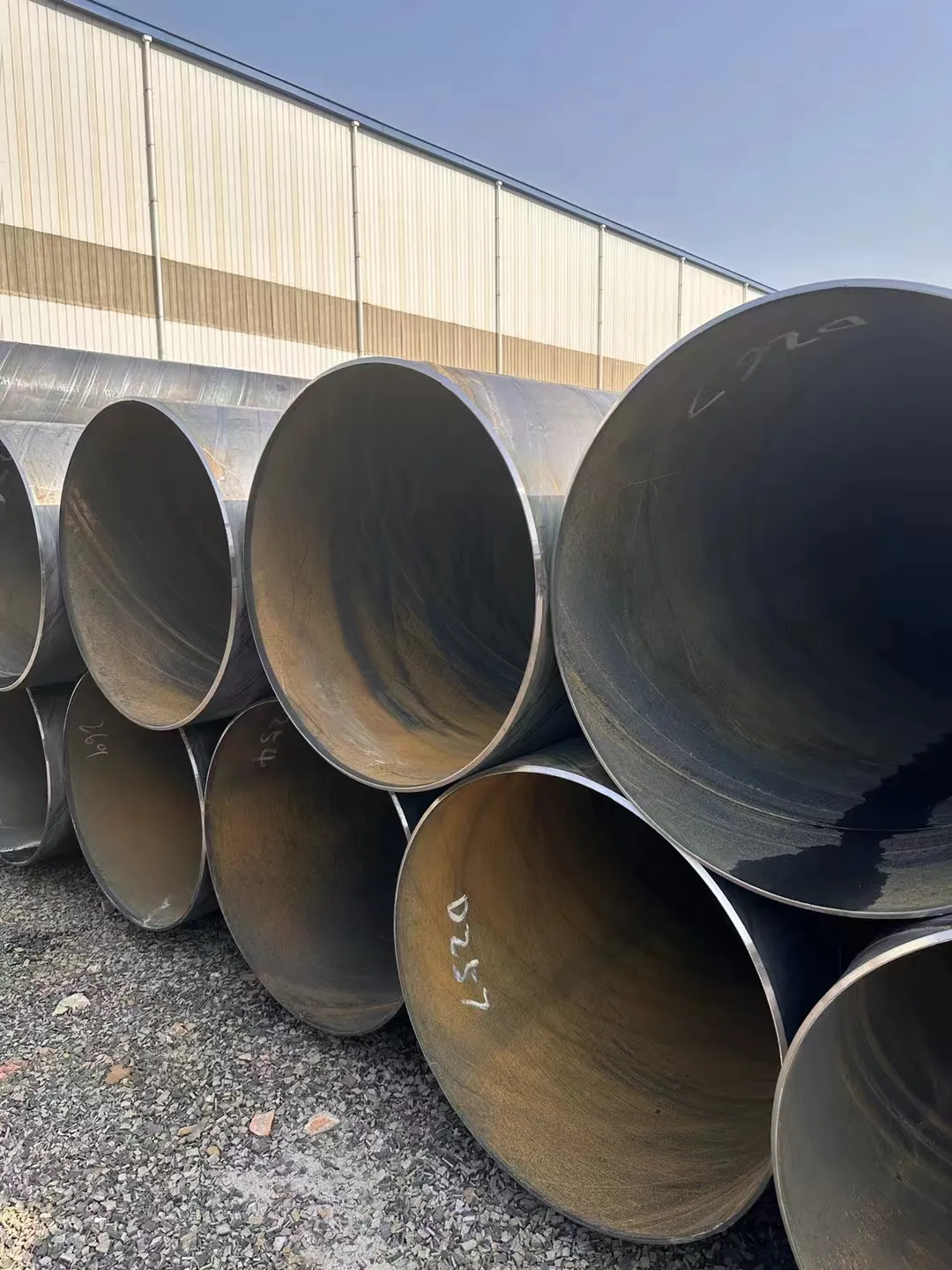-
Cangzhou Yulong Steel Co., Ltd.
-
Phone:
+86 13303177267 -
Email:
admin@ylsteelfittings.com
- English
- Arabic
- Italian
- Spanish
- Portuguese
- German
- kazakh
- Persian
- Greek
- French
- Russian
- Polish
- Thai
- Indonesian
- Vietnamese
- Zulu
- Korean
- Uzbek
- Hindi
- Serbian
- Malay
- Ukrainian
- Gujarati
- Haitian Creole
- hausa
- hawaiian
- Hebrew
- Miao
- Hungarian
- Icelandic
- igbo
- irish
- Japanese
- Javanese
- Kannada
- Khmer
- Rwandese
- Afrikaans
- Albanian
- Amharic
- Armenian
- Azerbaijani
- Basque
- Belarusian
- Bengali
- Bosnian
- Bulgarian
- Catalan
- Cebuano
- China
- China (Taiwan)
- Corsican
- Croatian
- Czech
- Danish
- Esperanto
- Estonian
- Finnish
- Frisian
- Galician
- Georgian
- Kurdish
- Kyrgyz
- Lao
- Latin
- Latvian
- Lithuanian
- Luxembourgish
- Macedonian
- Malgashi
- Malayalam
- Maltese
- Maori
- Marathi
- Mongolian
- Myanmar
- Nepali
- Norwegian
- Norwegian
- Occitan
- Pashto
- Dutch
- Punjabi
- Romanian
- Samoan
- Scottish Gaelic
- Sesotho
- Shona
- Sindhi
- Sinhala
- Slovak
- Slovenian
- Somali
- Sundanese
- Swahili
- Swedish
- Tagalog
- Tajik
- Tamil
- Tatar
- Telugu
- Turkish
- Turkmen
- Urdu
- Uighur
- Welsh
- Bantu
- Yiddish
- Yoruba

Dec . 16, 2024 18:07 Back to list
api 5l specification
Understanding the API 5L Specification Key Insights into Line Pipes
The API 5L specification is a critical standard in the oil and gas industry that governs the manufacturing and testing of line pipes used for the transportation of oil, gas, and water. Developed by the American Petroleum Institute (API), this specification ensures that the pipes meet the rigorous requirements necessary for safety, quality, and performance. In this article, we will explore the key aspects of the API 5L specification, its significance in the industry, and potential challenges associated with its implementation.
Overview of API 5L Specification
The API 5L specification was first introduced in 1920 and has since undergone multiple revisions to accommodate technological advancements and the evolving needs of the industry. The most recent edition includes various grades of line pipe that are categorized based on their yield strength, chemical composition, and the application for which they are intended.
The specification is divided into two main categories PSL1 (Product Specification Level 1) and PSL2 (Product Specification Level 2). PSL1 is designed to cover the basic requirements for line pipes, while PSL2 includes additional mechanical and testing requirements, making it suitable for more demanding applications.
Key Requirements of API 5L
1. Material Properties The API 5L specification outlines the chemical and mechanical properties of the steel used for line pipes. This ensures that the pipes can withstand high pressure and corrosive environments typically found in oil and gas transportation. Grades range from A25 to X80, indicating increasing yield strength.
2. Manufacturing Process The specification provides comprehensive guidelines for the manufacturing processes of line pipes. These processes can include hot-rolling, cold-rolling, and welding, and must be conducted under strict quality control measures to ensure the pipes meet the required standards.
3. Testing Protocols API 5L mandates various testing methods to ensure the integrity and performance of the pipes. These tests include mechanical testing (tensile, impact, and hardness tests) and non-destructive testing techniques (such as ultrasonic testing and radiographic testing) to identify any defects or inconsistencies.
api 5l specification

4. Marking and Documentation Proper marking and documentation are essential components of the API 5L specification. Each pipe must be marked with crucial information such as the grade, specification, heat number, and manufacturer details. This traceability is vital for quality assurance and regulatory compliance.
Importance of API 5L in the Industry
The significance of the API 5L specification cannot be overstated. It serves as a benchmark for manufacturers and operators in the oil and gas industry, ensuring that line pipes function reliably under challenging conditions. Compliance with API 5L not only enhances safety but also minimizes the risks of failure, which can lead to catastrophic accidents and financial losses.
Furthermore, the standard promotes consistency across the industry. By adhering to the same specifications, companies can effectively communicate and collaborate in projects, ensuring compatibility and reliability throughout the supply chain.
Challenges and Considerations
While the API 5L specification provides a robust framework for line pipe production, there are challenges associated with its implementation. One significant challenge is the continuous evolution of industry needs, driven by the increasing demand for higher strength and more durable materials. Manufacturers must invest in research and development to keep pace with these advancements and ensure that their products meet the latest revisions of API 5L.
Additionally, geographical variations in regulations and standards can complicate compliance for companies operating in international markets. It is essential for manufacturers to be aware of local requirements and ensure that their products meet both API specifications and regional regulations.
Conclusion
The API 5L specification stands as a cornerstone of safety and quality in the oil and gas industry. By ensuring the integrity of line pipes used for the transportation of critical resources, the standard not only protects the environment and public safety but also enhances operational efficiency. As technologies advance and market demands evolve, continuous adherence to and evolution of the API 5L specification will be crucial in meeting the future challenges faced by the industry.
Latest news
-
ANSI 150P SS304 SO FLANGE
NewsFeb.14,2025
-
ASTM A333GR6 STEEL PIPE
NewsJan.20,2025
-
ANSI B16.5 WELDING NECK FLANGE
NewsJan.15,2026
-
ANSI B16.5 SLIP-ON FLANGE
NewsApr.19,2024
-
SABS 1123 FLANGE
NewsJan.15,2025
-
DIN86044 PLATE FLANGE
NewsApr.19,2024
-
DIN2527 BLIND FLANGE
NewsApr.12,2024
-
JIS B2311 Butt-Welding Fittings LR/SR 45°/90° /180°Seamless/Weld
NewsApr.23,2024











